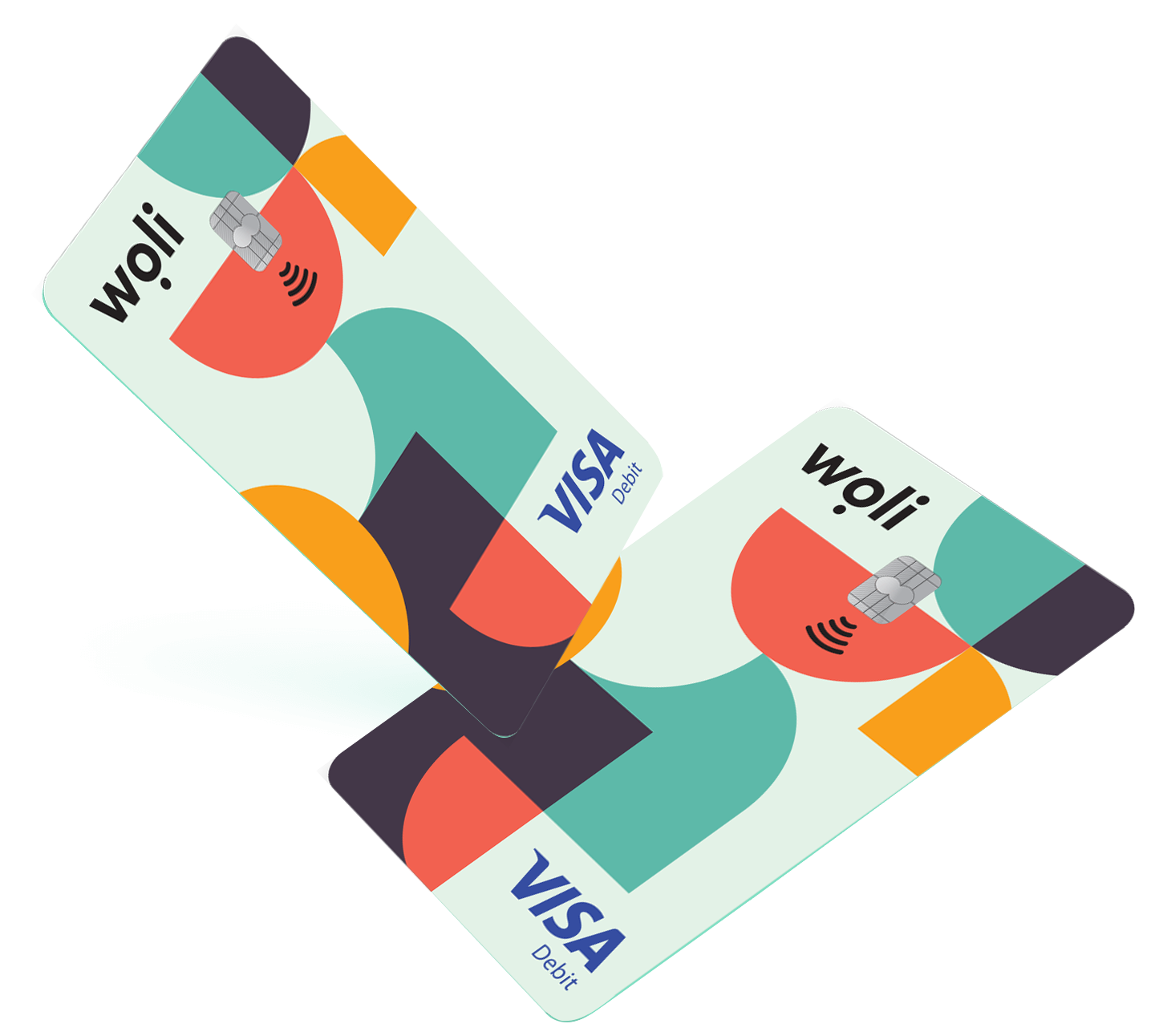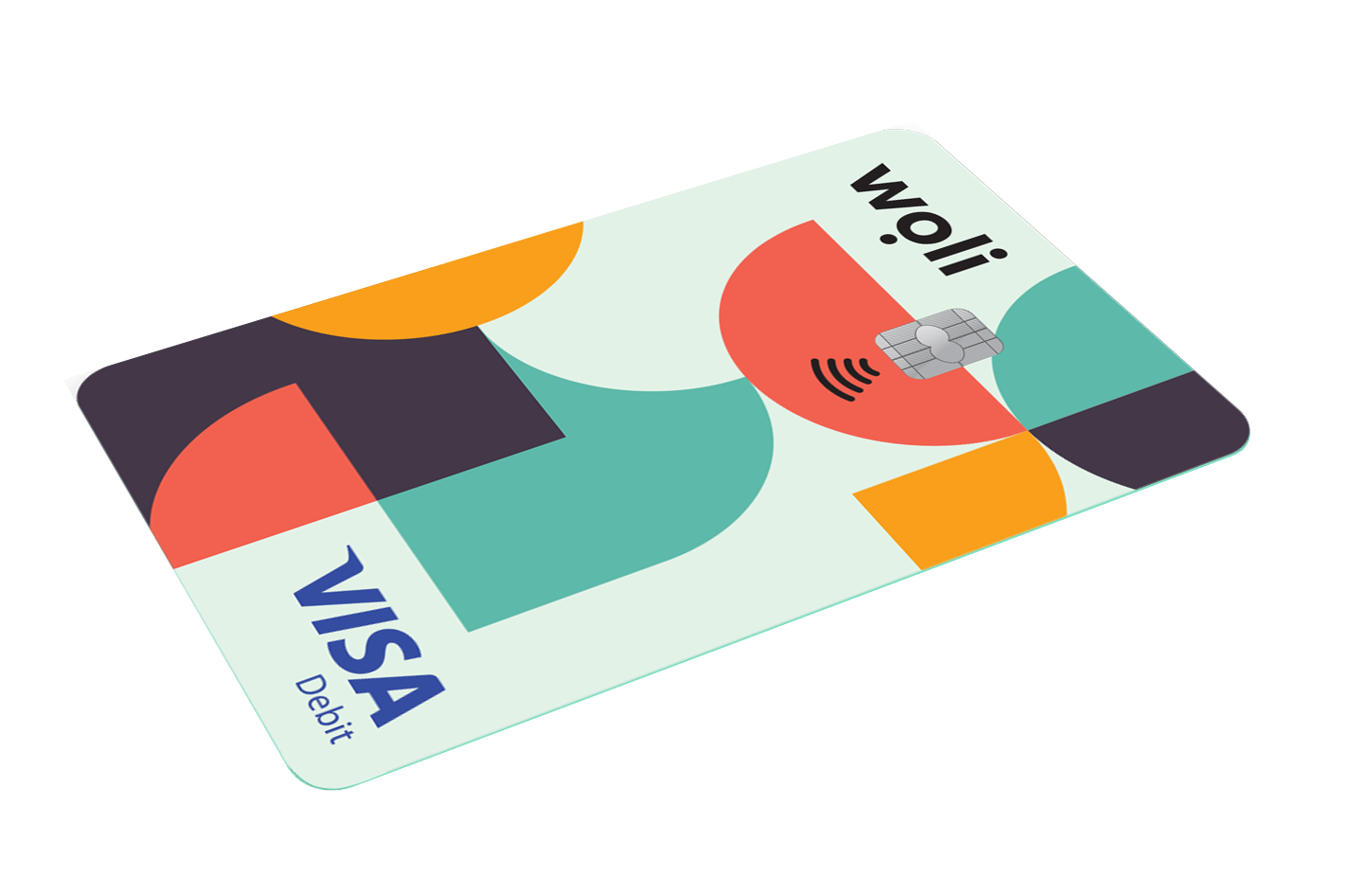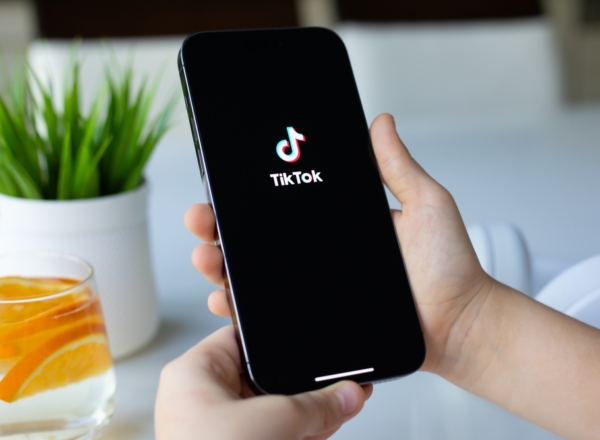Pocket money, or “allowances”, has become a fixture in family life worldwide. From its early days as a token reward to its modern role as a tool for teaching financial responsibility, allowances offer valuable lessons in money management. Let’s dive into how the concept of allowances evolved and why today, platforms like Woli are making it easier than ever for teens to make the most of this valuable learning tool.
The Ancient Origins of Allowances
The concept of pocket money has ancient roots. In societies like ancient Egypt, children and family members were occasionally rewarded for tasks essential to family life, like gathering or preparing food. This reward wasn’t usually money but rather valuable items or additional food shares, which gave children their first sense of ownership and the idea of a “reward for effort.”
As time went on, allowances began to look more like what we know today. By the Middle Ages, young apprentices or family business workers sometimes received small stipends, often coins, that they could save or spend. Though not “allowances” in a formal sense, these stipends gave young people some financial freedom and instilled in them the value of managing small funds, a concept we still see in chore-based allowances today.
The 19th and Early 20th Century: Allowances Become a Family Practice
In the 19th century, the idea of pocket money became popular among the middle and upper classes, especially in Western Europe and North America. Families began to see allowances as a way to encourage independence and self-discipline, and instead of goods or services, children were given coins. This transition made allowances a way for young people to start making simple spending decisions.
By the early 20th century, as consumer culture grew, allowances spread further. Families began giving children a modest weekly or monthly allowance to encourage early habits of spending, saving, and managing money. This era marked the birth of “pocket money” as a way for kids to learn financial responsibility. Even financial education materials emerged, offering parents guidance on using allowances to teach the basics of budgeting and saving. These early steps paved the way for the financial literacy movement we see today, which emphasizes financial education from a young age.
The Post-War Era: Allowances as a Learning Tool
After World War II, economic growth brought increased household income, especially in the U.S. and Western Europe. With more disposable income, parents could give children allowances more consistently. Allowances became a key way for parents to teach children financial responsibility without high stakes.
By the 1950s and 1960s, psychologists and educators promoted the allowance as essential to developing financial skills. Financial experts argued that when children receive a set amount of money regularly, they learn to make decisions about spending, saving, and budgeting. Kids used their own money for treats, toys, and small purchases, encouraging them to prioritize and save for future needs. This era truly made allowances a low-stakes opportunity for children to practice managing money, giving them the chance to learn from their own financial choices, lessons that are still relevant and are now easier to track with tools like Woli.
The Evolution of Allowance Systems: Three Main Approaches
Allowances have evolved significantly over time, leading to different approaches for teaching financial responsibility. Parents now often choose from three main allowance methods, each of which has its strengths:
- Chore-Based Allowance: This model rewards children with money for completing chores, directly linking effort and earnings. It helps children understand that money requires work and teaches them to value their earnings, similar to how a job would work in the real world.
- Unconditional Allowance: With this approach, children receive a regular allowance that isn’t linked to chores. Instead, it focuses on letting children learn to manage a set budget independently. Parents who prefer this method want their children to experience financial independence, encouraging them to manage and save without feeling obligated to earn the money first.
- Hybrid Approach: A popular middle-ground, this system offers a base allowance with opportunities to earn extra through chores or tasks. The hybrid approach resembles real-world work situations with fixed and variable income, which Woli can track and manage in-app, giving teens both a steady allowance and an option to “earn” extra for chores.
Each model has a shared goal: to teach children about budgeting, spending, and saving in a way that fits their family’s values. Woli complements these systems by helping teens track their allowance and make the most of it through budgeting tools, goal-setting, and savings trackers.
The Digital Age: Allowances Go Mobile
With the rise of digital finance, allowances have taken on new dimensions. Financial literacy apps like Woli allow families to manage, track, and learn about money in ways traditional allowances couldn’t. Rather than relying on cash and coins, teens using Woli can see real-time savings progress, set specific goals, and even track spending habits. Woli also offers educational features that make it easier for teens to understand their financial choices and adjust their habits.
This digital evolution is essential in today’s largely cashless society. With Woli, teens aren’t just handling money, they’re learning to manage funds in a way that mirrors adult financial tools, complete with instant tracking and budgeting insights. The allowance goes from a simple payout to an interactive, educational experience, preparing teens for real-world financial decisions.
Fun Facts About Allowances Around the World
Allowances vary worldwide, shaped by different cultural norms and traditions. Here’s how pocket money looks in some other countries:
- Japan: Japanese children receive Otoshidama, or a New Year’s allowance, in decorative envelopes. These annual gifts encourage kids to save for larger goals, introducing the concept of delayed gratification.
- France: French children often receive a weekly or monthly allowance, known as argent de poche, which they are encouraged to manage independently. This supports France’s culture of saving and budgeting from an early age.
- Germany: German parents frequently give allowances unconditionally, focusing more on encouraging smart budgeting and less on connecting money to chores. German parents encourage children to save at least 10% of their allowance, fostering a habit of future-focused saving.
Conclusion: The Lasting Value of Pocket Money
From ancient coins to modern digital apps, pocket money has always been about instilling financial skills. Allowances have evolved from rewards for effort to structured financial education tools, and today, they allow teens to practice budgeting, saving, and decision-making. With platforms like Woli, pocket money takes on new life, offering teens real-time financial insights and control over their funds. Teens using Woli aren’t just spending pocket money, they’re setting financial goals, tracking spending, and learning to manage money with confidence.
In this way, allowances have become a lot more than just pocket money. For today’s teens, they’re a step toward financial literacy, building the habits and skills needed to navigate their future with financial savvy and confidence. With Woli, the journey from pocket money to financial empowerment has never been more accessible or exciting.
Download now the Woli app on Android or iOS, follow the steps to add your child and win 30 days FREE on the premium subscription plan BASIC and the physical Woli card for FREE!






